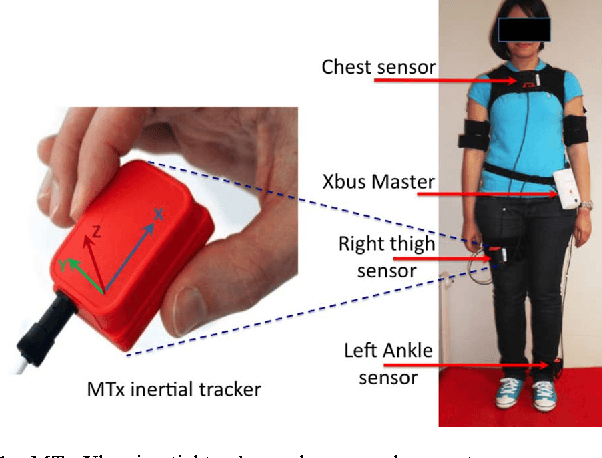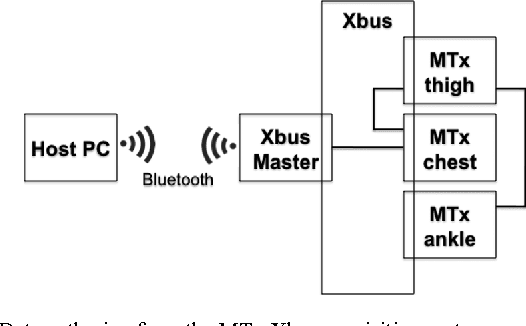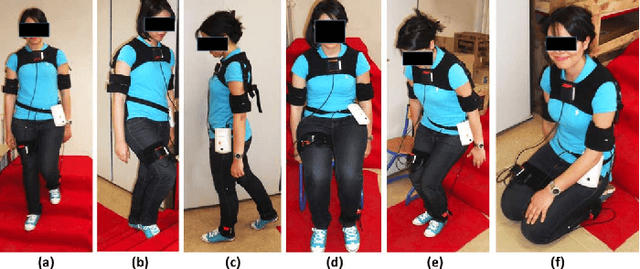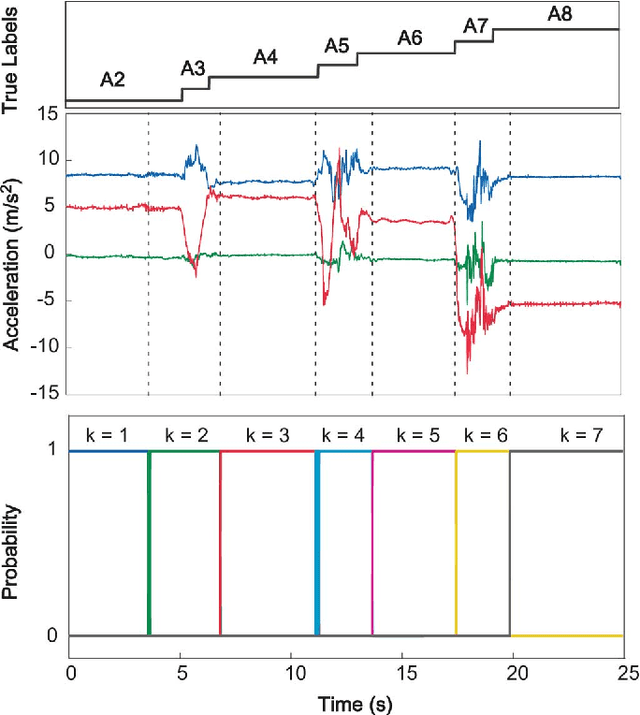An Unsupervised Approach for Automatic Activity Recognition based on Hidden Markov Model Regression
Paper and Code
Dec 25, 2013



Using supervised machine learning approaches to recognize human activities from on-body wearable accelerometers generally requires a large amount of labelled data. When ground truth information is not available, too expensive, time consuming or difficult to collect, one has to rely on unsupervised approaches. This paper presents a new unsupervised approach for human activity recognition from raw acceleration data measured using inertial wearable sensors. The proposed method is based upon joint segmentation of multidimensional time series using a Hidden Markov Model (HMM) in a multiple regression context. The model is learned in an unsupervised framework using the Expectation-Maximization (EM) algorithm where no activity labels are needed. The proposed method takes into account the sequential appearance of the data. It is therefore adapted for the temporal acceleration data to accurately detect the activities. It allows both segmentation and classification of the human activities. Experimental results are provided to demonstrate the efficiency of the proposed approach with respect to standard supervised and unsupervised classification approaches
 Add to Chrome
Add to Chrome Add to Firefox
Add to Firefox Add to Edge
Add to Edge